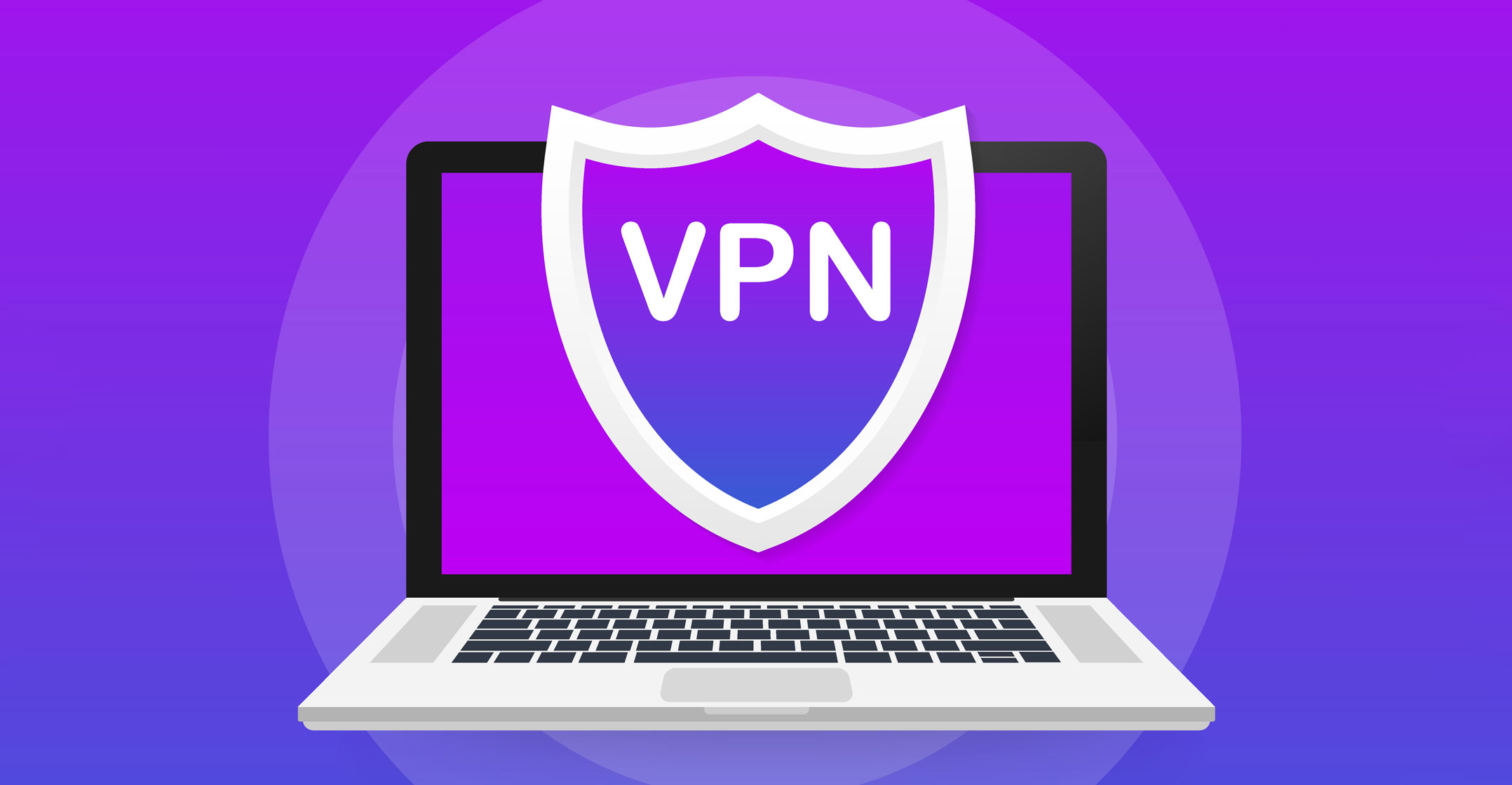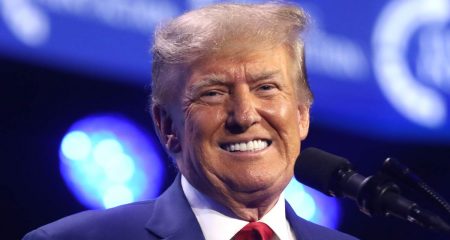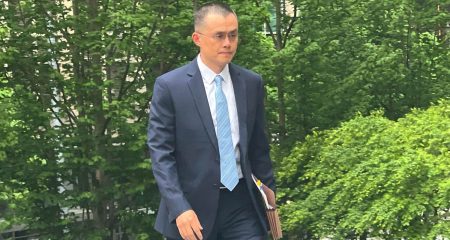 US prosecutors said their discovery that Sam Bankman-Fried used a virtual private network to access the Internet on two recent occasions raises concerns that the FTX co-founder could be hiding his online activities.
US prosecutors said their discovery that Sam Bankman-Fried used a virtual private network to access the Internet on two recent occasions raises concerns that the FTX co-founder could be hiding his online activities.
The Manhattan judge handling Bankman-Fried’s criminal fraud case last week expressed his own concerns that even if the defendant is barred from using encrypted messaging apps like Signal, he could still use old-fashioned secret code to contact witnesses in the case, similar to letters penned by Mary, Queen of Scots, more than 400 years ago.
US district judge Lewis Kaplan refused on 9 February to approve an agreement negotiated between prosecutors and Bankman-Fried that would have required him to stop using Signal and certain other apps and to only contact a specific set of former and current FTX employees, while preserving his right to use WhatsApp with monitoring technology, iMessage and also make Zoom and FaceTime calls.
In a letter to the judge late on Monday, a prosecutor in the office of the Manhattan US attorney said the government is discussing with lawyers for Bankman-Fried how to fashion Internet ground rules acceptable to both sides and the court.
“As defence counsel has pointed out, and the government does not dispute that many individuals use a VPN for benign purposes,” assistant US attorney Danielle Sassoon wrote. “In the government’s view, however, the use of a VPN raises several potential concerns.”
A VPN is a mechanism of encryption that hides online activities from third parties and disguises a user’s whereabouts, Sassoon wrote, adding that such networks provide access to international cryptocurrency exchanges, allow data transfers without detection and offer a covert method of getting onto the dark Web.
Read: FTX founder says prosecutors ‘sandbagged’ him
The defence team has said that Bankman-Fried won’t use a VPN while discussions continue, the prosecutor told the judge.
Read: In FTX plea deal, Bankman-Fried associates admit fraud
Bankman-Fried has been living at his parents’ house in Palo Alto, California, after being released from custody in December on a US$250-million bail package. He is accused of committing a years-long fraud at FTX and allowing customer funds to be used for trading at affiliated hedge fund Alameda Research and for personal expenses. — Peter Blumberg, (c) 2023 Bloomberg LP




